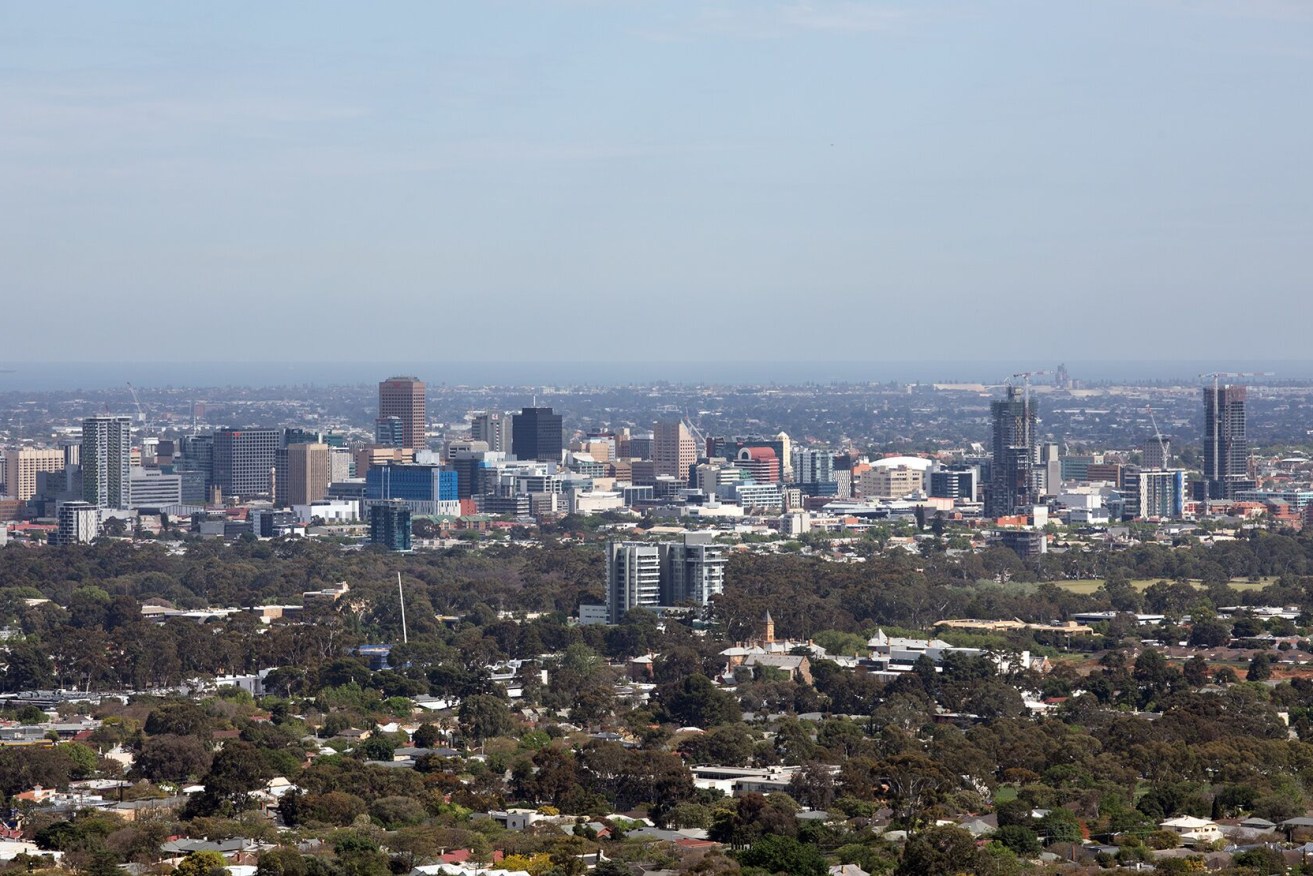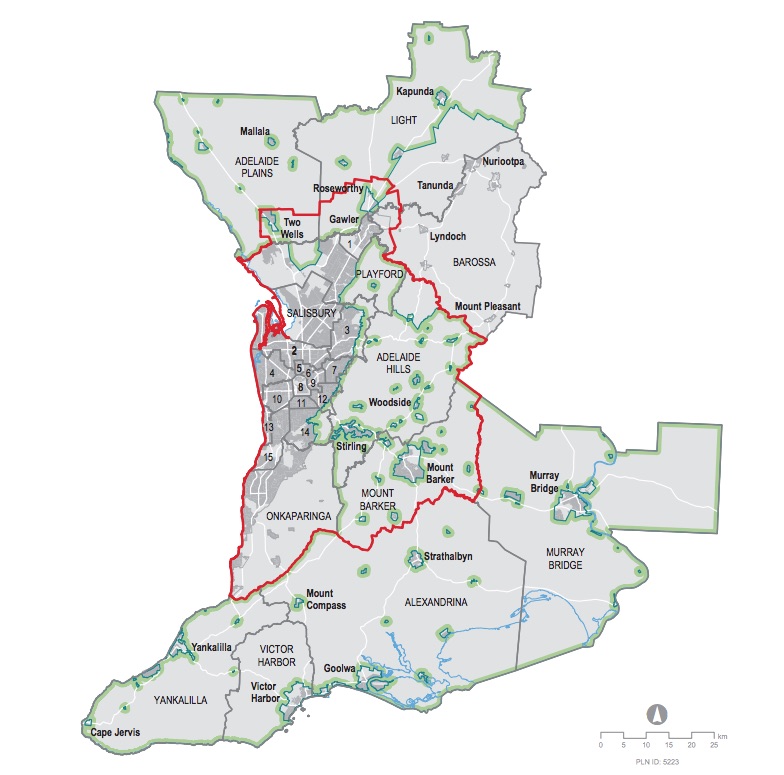Trendy inner-city suburbs get cash splash at outer suburbs’ expense: report
Inner-city Adelaide suburbs are being given priority in infrastructure spending over needy outer suburbs in a deliberate economic move to increase the city’s “liveability” rating and global standing, an urban planning report says.


Photo: Tony Lewis/InDaily
Bowden and Brompton are examples of city-fringe suburbs given heavy focus on urban rejuvenation compared with the far-flung lower socio-economic suburbs of Elizabeth and Christie Downs, according to authors of the report; “Can health and health equity be advanced by urban planning strategies designed to advance global competitiveness? Lessons from two Australian case studies”.
The report examined Adelaide and Sydney, and how urban planning decisions impact on health and liveability.
It found the SA Government’s 30-Year Plan for Greater Adelaide (2017) favoured investing public infrastructure in suburbs where demand for property is high and perceived to have “global connections”, over outer suburbs.
“We did a survey, an audit of all urban planning policies in Australia, and the 30-Year-Plan came out as one of the best examples of best practice,” said Professor Fran Baum, director of Flinders University’s Southgate Institute for Health, Society and Equity.
“But when we dug down and looked at it, we could see that there’s been a lot of attention on 10 kilometres around the city centre.
“There’s a lot of emphasis areas like Bowden and Brompton, creating areas that are greener, that are offering more social things going on. But if you go out to Elizabeth or down to Christie Downs or the sort of far-flung suburbs, you haven’t got that same kind of concentration.
“Outer suburbs, which are disproportionately populated by people who are less well-off, have worse health status and would benefit most from more ‘liveable’ suburbs, but are not often afforded the same attention or potential resources investments into liveability.”
A spokesperson for Department of Planning, Transport and Infrastructure (DPTI) told InDaily after repeated attempts for comment: “the Plan does not seek to privilege ‘affluent’ suburbs over others.”
“The density of the population living in Bowden is greater than that in a number of outer suburbs, which is important when comparing levels of infrastructure service per person.
“The Plan does seek to support population growth and nurture sustainable and healthy communities through the provision of housing options in locations where people choose to live.”
They did not answer directly whether Fran Baum’s analysis was correct.
The report examined whether Adelaide’s 30-Year Plan for long-term growth undermined social goals. The Plan website said it aimed to make Greater Adelaide more “liveable, competitive and sustainable”.

Living Adelaide’s Greater Adelaide region. The capital city is within the red boundary, according to the ABS. Source: Living Adelaide
The Plan is guided by fourteen principles including “climate change resilience; a compact and carbon-neutral city; the provision of housing diversity; a transport- focused and connected city; world-class design and vibrancy; and social inclusion and fairness”.
But Baum’s report found public infrastructure developments, which she defined as public transport, footpaths, shopping strips and trees, were being redirected from outer suburbs to those perceived to build on the city’s attractiveness.
“People are well aware that the infrastructure is more generous in the inner-city ring than it is on the outer suburbs,” Baum said.
“You can retrofit other areas, existing areas, to give them an urban environment that is healthy because there’s an increasing amount of evidence now that if you design suburbs properly then they really will make a contribution to reducing the incidence of non-communicable disease.”
Baum also argued a trend of non-communicable diseases including like diabetes, heart disease and mental illness would continue to rise in Greater Adelaide if public resources were not distributed in areas which needed it most.
“Health inequities are increasing at a faster rate in South Australia than any other state,” said Baum.
“The suburbs where there are people living in lower socioeconomic circumstances with worse health are those on the outer suburbs, and we think one of the contributing factors to that is the suburbs are not as supportive of a healthy lifestyle.
“If there’s not good footpaths for people to walk on, they’re less likely to walk.
“In some suburbs, there’s very little what planners call ‘third places’ where people can meet; isolation and loneliness are major public health problems.
“We know that lack of exercise is, we know that not eating healthy food is, and we know that sedentary behaviour like sitting in your car a lot, is not good for you.
“The challenge is to build a city that makes it easy for people to do all those things.”
To combat non-communicable diseases in outer suburbs through urban planning, The DPTI said the Plan seeks to increase the percentage of people living in walkable neighbourhoods in all parts of Adelaide by 25 per cent by promoting cycling, walking and public life.
Social determinants of health are “conditions in which people are born, grow, live, work and age… shaped by the distribution of money, power and resources at global, national and local levels,” the World Health Organisation (WHO) says on its website.
A 2019 report outlined some of South Australia’s health inequalities were stable, if not increasing, but there was a need for more action and “better” understanding of more effective socio-economic interventions.
It used the example of bicycle tracks covering most of South Australia’s urban areas.
The analysis argued the tracks could benefit those already active – typically “higher educated, with higher income” – and leave no impact on those who from lower-socio economic neighbourhoods considered “more vulnerable” and “unable to buy a bike”.
“This eventually produces an increase in the gap in the level of sedentary activity between classes,” it said.
“A call for more action and better understanding for more effectively targeting of the interventions is warranted.”
Additionally a 2019-2024 South Australian State Public Health Plan reported people living in areas with the highest socioeconomic disadvantage were more than twice as likely to die from avoidable causes.
Baum says health should not compete with economic prosperity.
“If you want to attract new people to Adelaide, then the city needs to be planned very well,” she said.
“A good development strategy should be doing both.”
Want to comment?
Send us an email, making it clear which story you’re commenting on and including your full name (required for publication) and phone number (only for verification purposes). Please put “Reader views” in the subject.
We’ll publish the best comments in a regular “Reader Views” post. Your comments can be brief, or we can accept up to 350 words, or thereabouts.




